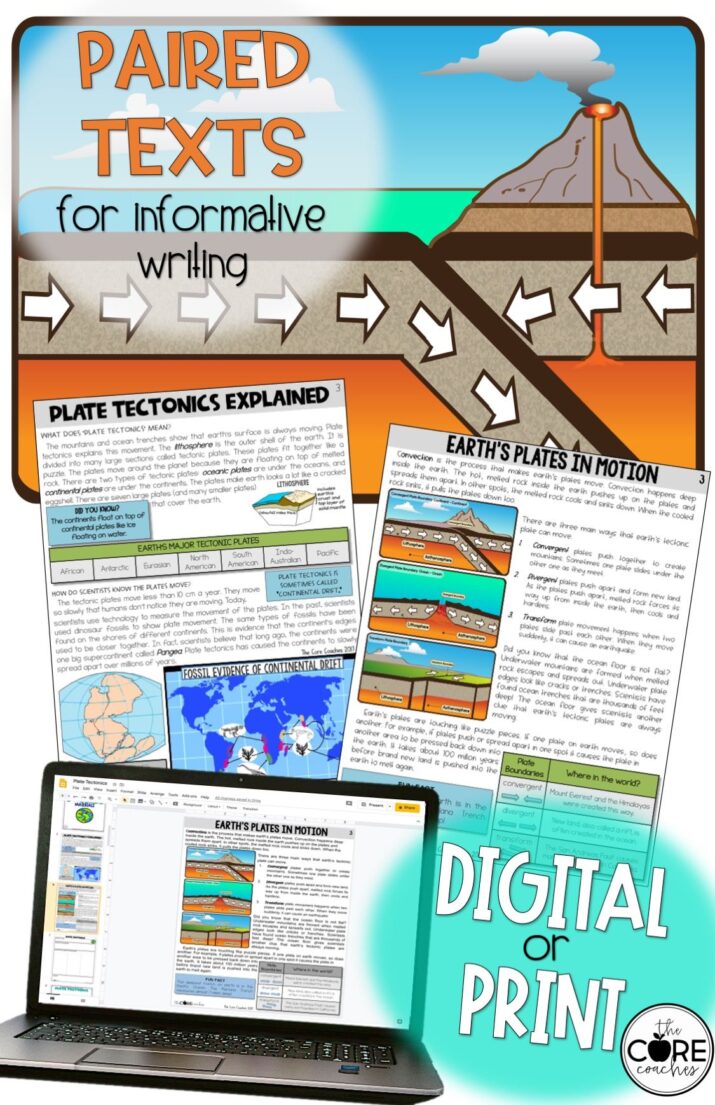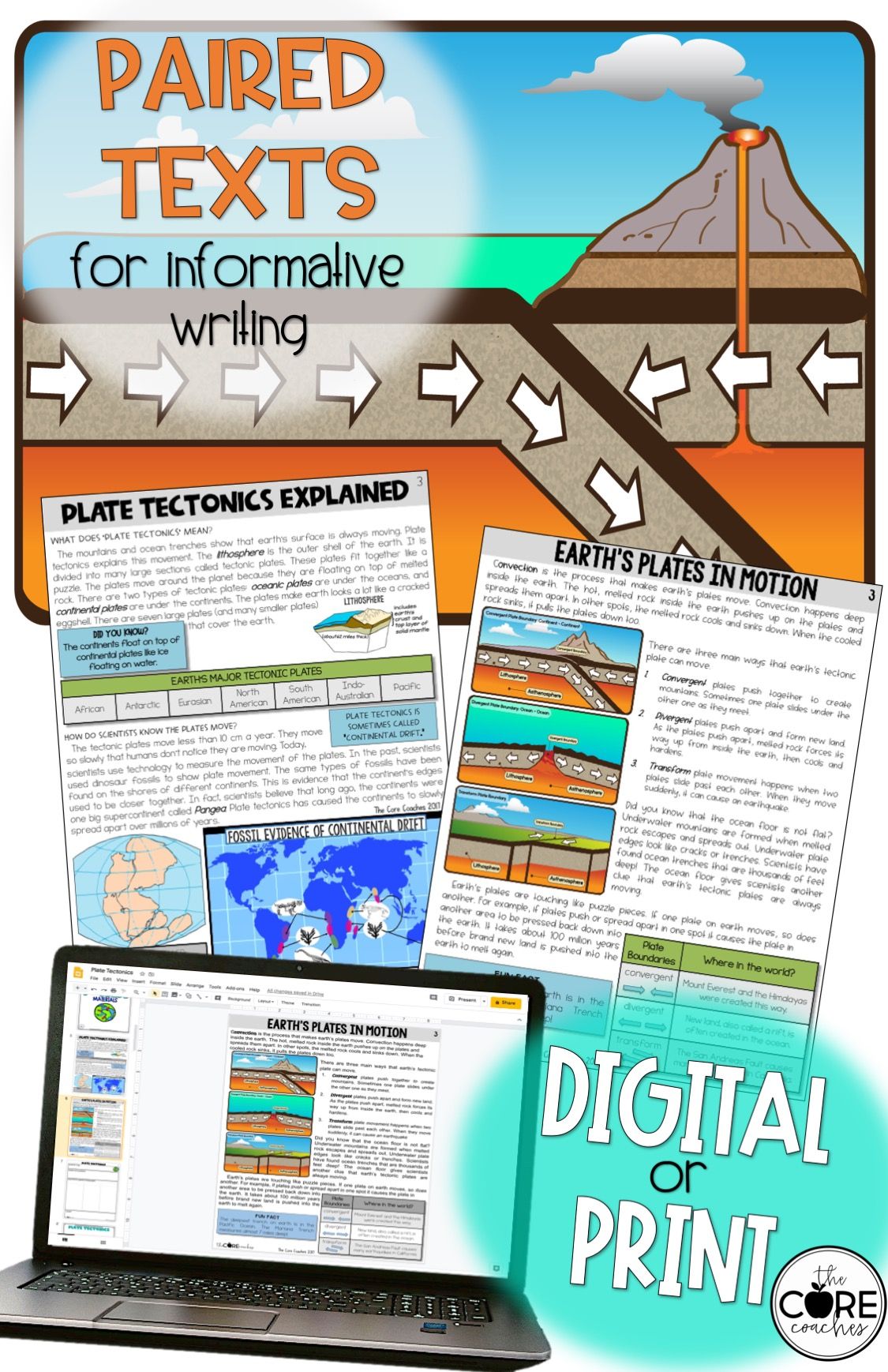Science & Writing in the Classroom: Tectonic Plates


Science & Writing in the Classroom: Tectonic Plates
[quads id=11]
Science and writing may seem like two completely different subjects, but they can actually complement each other beautifully in the classroom. One area where this combination can be particularly effective is in the study of tectonic plates.
Tectonic plates are large slabs of rock that make up the Earth’s crust. These plates are constantly moving and shifting, which can lead to natural disasters like earthquakes and volcanic eruptions. Understanding how tectonic plates work is crucial for predicting and preparing for these events.
In a science classroom, students can learn about tectonic plates through hands-on activities such as creating models of plate boundaries and simulating earthquakes. These activities help students grasp complex geological concepts in a tangible way.
But where does writing come in? Writing can be a powerful tool for students to deepen their understanding of tectonic plates. By integrating writing assignments into the science curriculum, students can practice critical thinking skills and communicate their scientific knowledge effectively.
For example, students can write research papers on a specific aspect of tectonic plates, such as the different types of plate boundaries or the history of plate tectonics theory. This not only reinforces their scientific knowledge but also hones their research and writing skills.
Writing can also be used as a form of assessment in the science classroom. Students can write lab reports documenting their findings from experiments related to tectonic plates, or they can write reflections on the implications of plate tectonics for real-world issues like disaster preparedness.
Furthermore, writing can be a creative outlet for students to explore their understanding of tectonic plates. For instance, students can write fictional stories or poems that incorporate scientific concepts related to plate tectonics. This encourages students to think outside the box and approach science from a different perspective.
Incorporating writing into the study of tectonic plates not only strengthens students’ science literacy but also helps them develop essential communication skills. By merging these two disciplines, educators can create a more dynamic and engaging learning experience for students.
In conclusion, science and writing can be powerful allies in the classroom, especially when it comes to subjects like tectonic plates. By combining hands-on science activities with writing assignments, educators can help students deepen their understanding of complex scientific concepts while honing their communication skills. This integrated approach creates a well-rounded learning experience that prepares students for success in both science and language arts.